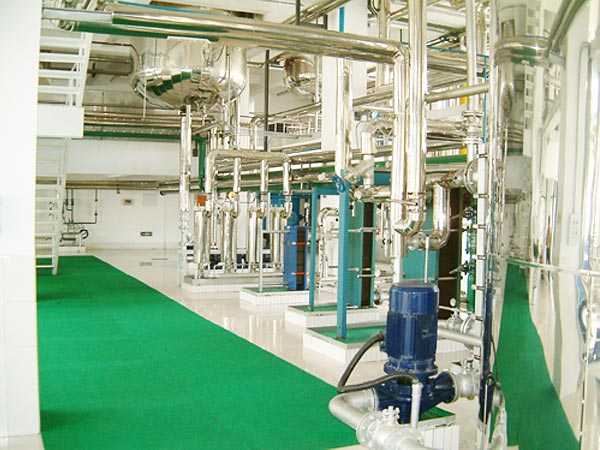Adr :636 Yunqiao Road, Pudong New Area, Shanghai, China
Phone : +86 18221614363
Email : zhimachine@foxmail.com
Tel : +86 18221614363
Peanut oil refining method
Peanut oil refining is mainly divided into two methods: physical refining and chemical refining. You can choose according to different needs.
Physical refining
Physical refining is to remove impurities in peanut oil by physical means. The main methods are:
(1) Filtration: Remove large particles of impurities, oil residues, etc. in peanut oil through filters.
(2) Sedimentation: Utilize the difference in density between impurities and oils, let the impurities settle to the bottom by standing, and separate water and fine impurities.

(3) Adsorption: Utilize the adsorption effect of adsorbents to separate impurities from oils.
Chemical refining
Chemical refining is based on physical refining and adds chemical reagents to assist purification. The main methods are:
(1) Alkali refining: Use alkali to neutralize free fatty acids to remove rancid substances in oils.
(2) Decolorization: Use activated carbon and other decolorizers to adsorb pigments in oils to make the color of oils lighter.
(3) Deodorization: Remove volatile substances in oils through high temperature and high vacuum to improve the aroma and stability of oils.
2. Peanut oil refining process
The peanut oil refining process includes the following main steps:
Pretreatment: Screen, clean and treat the peanut raw materials to ensure the cleanliness and consistency of the raw materials.
Pressing: Press the pretreated peanut raw materials to obtain raw peanut oil.
Separation: Separate the raw peanut oil to remove impurities such as phospholipids and proteins.
Physical refining: Physically refine the separated peanut oil, including filtering, sedimentation, adsorption and other methods to remove impurities and harmful substances.
Chemical refining: If necessary, the physically refined peanut oil can be chemically refined, including alkali refining, decolorization, deodorization and other steps.
Storage and transportation: Store the refined peanut oil and transport it to the destination for sale and use.
3. Peanut oil refining quality control
In the process of peanut oil refining, quality control is the key link to ensure product quality, including the following aspects:
Raw material control: Select high-quality peanut raw materials that meet production requirements to ensure that there are no aflatoxin and other substances.
Process parameter control: Accurately control various process parameters, such as temperature, pressure, time, etc., to ensure the refining effect and product quality.
Chemical reagent control: Strictly control the type, amount and use time of chemical reagents to ensure the safety and effectiveness of the chemical refining process.
Quality inspection: Use a variety of testing methods to inspect the quality of peanut oil, including physical and chemical indicators, nutritional ingredients, odor, taste, etc., to ensure that the product meets food safety standards.
Storage and transportation control: The containers for storing refined peanut oil should be cleaned and disinfected to ensure that there will be no secondary contamination during storage and transportation. At the same time, ensure that the temperature and humidity control during transportation to maintain the quality of peanut oil.
All rights reserved:Zhi Yan Group Co., Ltd SitemapSitemapManufacturer